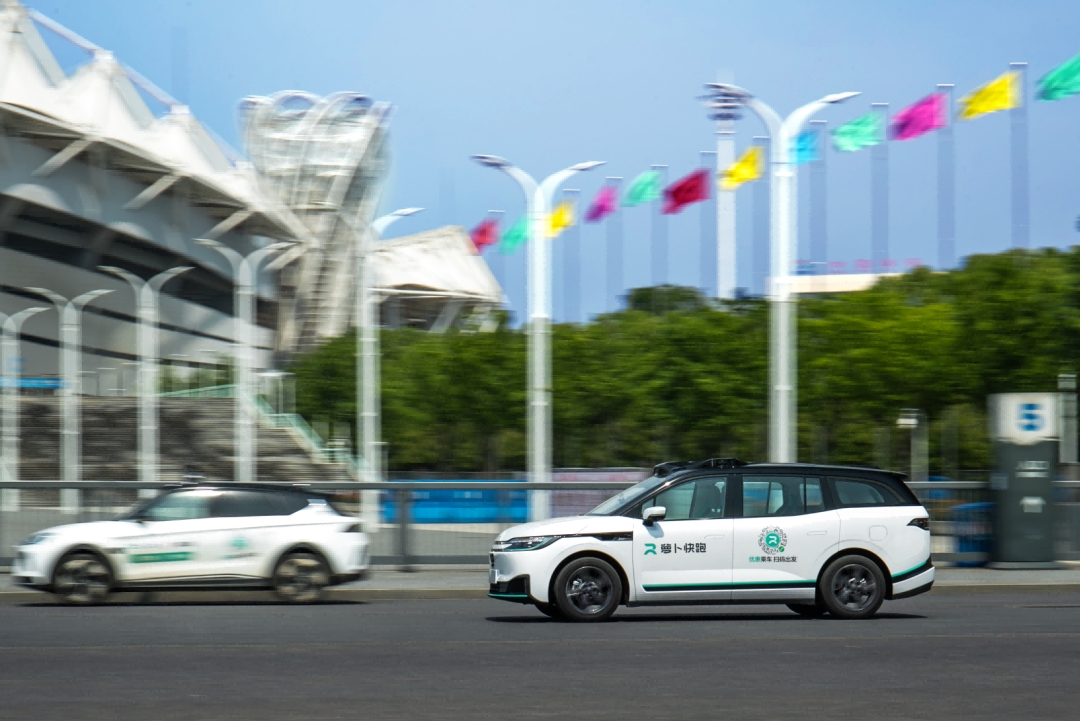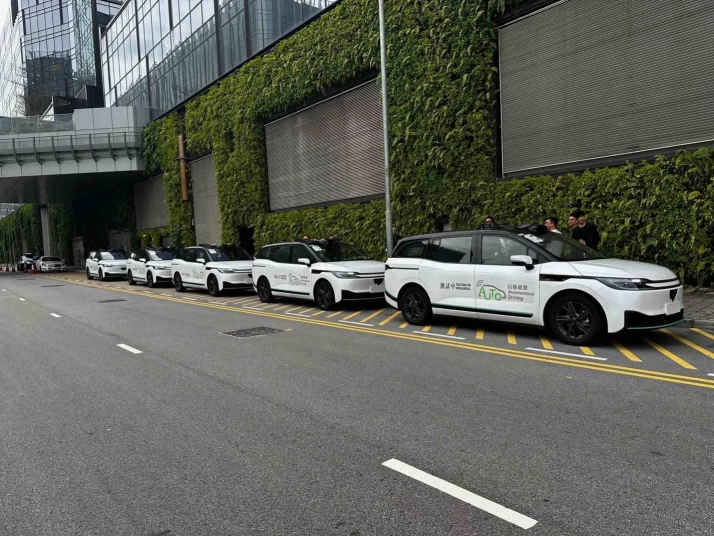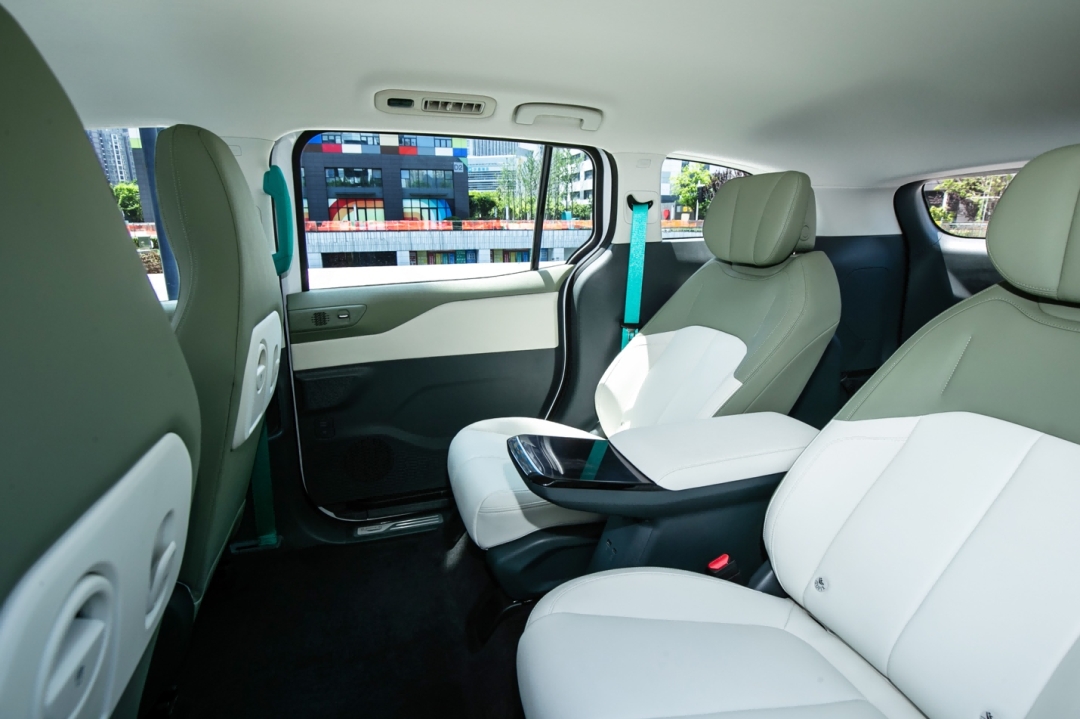Breakthrough Technologies: Robotaxis Try to Win Users’ Trust
With the rapid development of artificial intelligence, global transportation is undergoing a profound transformation, particularly driven by autonomous driving technology, which is accelerating toward large-scale commercialization.
Cathie Wood from Ark Invest recently called robotaxis "one of the most important investment opportunities of our lifetimes." She mentioned that dozens of companies had claimed they would achieve fully autonomous driving within five years. Today, in the U.S., only Tesla and Waymo have made it happen, while in China, it's Baidu Apollo.

Waymo, a global pioneer in autonomous driving, has launched commercial operations in four major U.S. cities, providing approximately 200,000 trips per week—demonstrating its robust market scalability. In San Francisco, people can take a Waymo autonomous vehicle anytime, anywhere, without worrying about attracting curious stares. Robotaxis have become a familiar sight.
Meanwhile, Apollo Go has been making waves in Wuhan, China, offering a similar experience. Countless self-driving vehicles navigate the streets and alleys. People can spot Apollo Go at schools, hospitals, shopping malls, parks, and various other locations, naturally entering their phone numbers to book a ride as if it were just part of everyday life. Notably, these vehicles are completely driverless. According to Baidu’s latest financial report, Apollo Go completed 1.1 million rides in Q4 2024, averaging approximately 12,000 rides per day. Passengers trust self-driving vehicles, just as Waymo and Baidu had hoped.

Research suggests that the public holds autonomous vehicles to higher safety standards than conventional cars. "We have proven that robotaxis are much safer than human drivers. As of today, they are 10 times safer," Baidu's CEO stated. To date, Apollo Go’s fleet has accumulated more than 150 million autonomous kilometers with an outstanding safety record, underscoring its industry-leading standards. "Apollo Go abides by a 'safety first' principle, prioritizing the safety of all road users."
This is part of a broader trend within the autonomous ride-hailing industry. A handful of cities around the world are already utilizing technology that allows self-driving vehicles to maneuver through busy urban streets. The challenge for Apollo Go and Waymo now is to attract more passengers.
Every Waymo car welcomes riders with music as they step inside. A screen mounted in front of the rear seats displays a real-time map of the route and offers controls for adjusting temperature and music. Similarly, Apollo Go’s sixth-generation autonomous vehicles feature seats that recline up to 120 degrees, allowing passengers to relax or enjoy a massage. "It’s like a mobile massage therapist," some passengers have remarked. The vehicles are also being upgraded with new features designed to assist visually impaired passengers, making boarding and exiting more convenient.

"Making Cars Smarter, Making Travel Easier." Companies like Apollo Go and Waymo are proving that AI-driven mobility is no longer a distant dream—it is actively reshaping urban transportation. From safety to comfort, functionality to sustainability, autonomous driving technology is delivering green, low-carbon, safe, and comfortable travel experiences worldwide.
Apollo Go, also known as Luobo Kuaipao, is Baidu’s autonomous ride-hailing service and one of the world’s leading players in large-scale self-driving mobility solutions. As China’s first fully driverless commercial Robotaxi service, Apollo Go is pioneering the integration of AI, big data, and automation to build the smart cities of the future.
Media Contact
Company Name: Apollo Go
Contact Person: Mingjie Xu
Email: Send Email
Country: China
Website: https://en.robotgo.com/
More News
View More




Recent Quotes
View MoreQuotes delayed at least 20 minutes.
By accessing this page, you agree to the Privacy Policy and Terms Of Service.